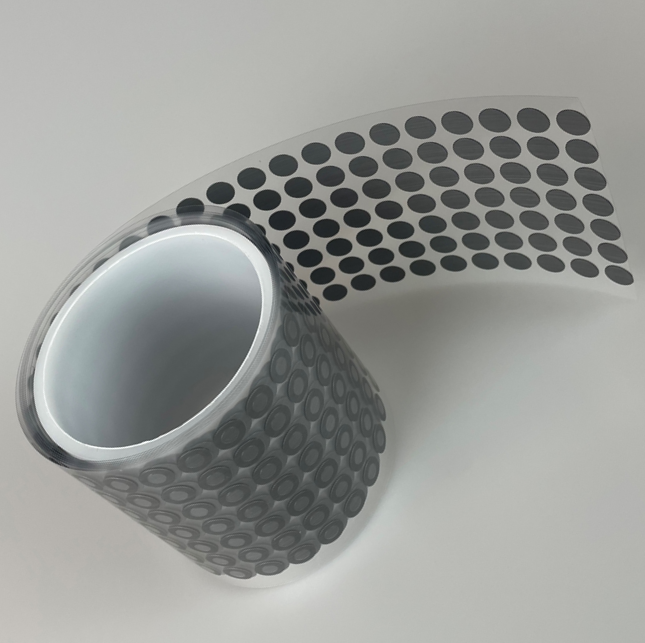Superior Thermal Stability and Wide Operating Temperature Range
The superior thermal stability and extraordinarily wide operating temperature range of ptfe electronics deliver unparalleled performance consistency across extreme environmental conditions, providing customers with reliable solutions for applications where temperature fluctuations would compromise conventional electronic components. This exceptional thermal characteristic allows ptfe electronics to maintain their electrical, mechanical, and chemical properties across a temperature spectrum ranging from cryogenic conditions below minus 200 degrees Celsius to continuous operation above 260 degrees Celsius. The molecular structure of PTFE remains stable across this entire range, preventing the thermal degradation, brittleness, or softening that affects other materials under temperature stress. In aerospace applications, where components must function reliably during the extreme temperature variations encountered from ground level to high altitude or space environments, ptfe electronics provide the consistent performance necessary for mission-critical systems. Aircraft engines generate tremendous heat while operating at high altitudes where ambient temperatures can drop to minus 70 degrees Celsius, creating thermal cycling conditions that would quickly destroy conventional electronics. The thermal stability of ptfe electronics ensures that engine monitoring systems, communication equipment, and navigation instruments continue functioning accurately throughout these extreme conditions. In industrial furnace and heat treatment applications, where temperatures routinely exceed 200 degrees Celsius, ptfe electronics enable precise temperature monitoring and control without the need for complex cooling systems or heat shields. This capability allows manufacturers to implement more accurate process control, improve product quality, and reduce energy consumption through optimized heating cycles. The low-temperature performance of ptfe electronics proves equally valuable in cryogenic applications such as liquefied natural gas processing, scientific research equipment, and medical imaging systems that operate at extremely low temperatures. Unlike conventional materials that become brittle and lose flexibility at low temperatures, ptfe electronics maintain their mechanical properties and electrical performance, ensuring reliable operation in these demanding conditions. The thermal stability of these components eliminates the need for temperature compensation circuits in many applications, simplifying system design and reducing overall costs. For customers, this superior thermal performance translates to reduced system complexity, lower maintenance requirements, extended component life, and the ability to operate equipment in environments previously considered too extreme for electronic systems.


